Ecuador history is a captivating tapestry woven with the threads of ancient civilizations, Spanish colonization, struggles for independence, political challenges, and a diverse cultural heritage. Nestled on the equator in the northwestern part of South America, Ecuador’s journey spans millennia, from the heights of indigenous cultures to the complexities of nation-building. In this comprehensive exploration, we will delve into key periods and milestones, unraveling the layers of Ecuador’s complex and rich history.
Pre-Columbian Ecuador:
Ecuador’s history begins with its indigenous peoples, who developed advanced civilizations in the region long before the arrival of Europeans. The area was home to various cultures, including the Valdivia and Machalilla cultures on the coast, the Chorrera and Bahía cultures in the central highlands, and the Caras and Quitu-Cara in the Andean region.
One of the most significant pre-Columbian civilizations in Ecuador was the Valdivia culture (c. 3500–1800 BCE), known for its skilled pottery and coastal settlements. The Valdivia people engaged in fishing, agriculture, and trade, leaving behind a rich archaeological legacy.
The subsequent Machalilla culture (c. 2000–300 BCE) continued coastal development, establishing trade networks and creating intricate ceramics. In the highlands, the Quitu-Cara civilization laid the foundation for the later development of the Inca Empire.
Inca Empire and Spanish Conquest (15th – 16th centuries):
The Inca Empire, centered in present-day Peru, extended its influence into Ecuador in the 15th century. Under the leadership of Huayna Capac, the Inca Empire expanded into the northern regions of Ecuador, bringing with it administrative and architectural advancements.
The Inca left their mark on Ecuador with impressive structures like Ingapirca, a complex of ruins that served as both a military and religious site. The Inca road system connected various parts of the empire, facilitating communication and trade.
However, the Inca Empire’s presence in Ecuador was short-lived. In 1532, the Spanish conquistador Francisco Pizarro arrived in the Andean region, setting off a chain of events that would forever alter Ecuador’s history. The Battle of Cajamarca led to the capture of the Inca ruler Atahualpa, marking the beginning of Spanish dominance in the region.
Spanish Colonial Period (16th – 19th centuries):
Ecuador, along with much of South America, became part of the Spanish Viceroyalty of Peru. The Spanish colonization of Ecuador was characterized by the encomienda system, forced labor, and the imposition of European culture and religion.
Spanish settlers established the city of Quito in 1534, which became a major administrative and religious center. The Catholic Church played a central role in the colonization process, influencing both spiritual and secular aspects of life.
The indigenous population faced significant challenges, including exploitation, diseases introduced by the Spanish, and cultural assimilation. Despite these hardships, indigenous cultures persisted, and elements of pre-Columbian traditions merged with Spanish influences.
In 1739, the Real Audiencia of Quito was established, granting Ecuador a degree of administrative autonomy within the Viceroyalty of Peru. However, the region continued to be shaped by the broader dynamics of Spanish colonial rule.
Struggle for Independence (19th century):
The early 19th century witnessed a wave of independence movements across Latin America, inspired by Enlightenment ideals and fueled by a desire for self-determination. Ecuador, too, became caught up in the tide of revolutionary fervor.
The struggle for independence in Ecuador was marked by a series of uprisings and conflicts. On August 10, 1809, the city of Quito witnessed a significant event known as the First Cry of Independence. Local patriots initiated a revolt against Spanish rule, seeking to establish an independent government.
However, the quest for independence faced challenges, and Ecuador experienced periods of both Spanish and royalist rule. The Battle of Pichincha in 1822, led by Venezuelan general Antonio José de Sucre and allied forces including Simón Bolívar, resulted in a decisive victory for the patriots. This triumph secured Ecuador’s independence, and the country became part of the newly formed Gran Colombia federation, which also included Colombia and Venezuela.
Gran Colombia and the Formation of Ecuador (1822 – 1830):
Ecuador’s association with Gran Colombia was marked by political complexities and regional tensions. The struggle to define the political structure of the newly liberated territories led to debates between centralists and federalists.
Ecuador faced challenges within the federation, including conflicts with Colombia over regional autonomy. In 1830, after years of political turmoil, Ecuador separated from Gran Colombia and officially declared its independence. Juan José Flores became the first president of the independent Republic of Ecuador.
The early years of the republic were characterized by internal conflicts, power struggles, and debates over the nation’s constitution. The borders of Ecuador were not firmly established, leading to territorial disputes with neighboring countries.
Border Conflicts and Territorial Adjustments (19th – 20th centuries):
Ecuador’s borders underwent significant changes during the 19th and 20th centuries, with territorial disputes and conflicts shaping the nation’s geography.
The border conflict with Peru, known as the Cenepa War, erupted in 1995 over disputed territory in the Amazon region. The conflict was resolved with the signing of the Brasilia Presidential Act in 1998, which reaffirmed existing borders and brought an end to hostilities.
Ecuador also faced territorial disputes with Colombia, including the contentious issue of the Napo and Putumayo rivers. The Rio de Janeiro Protocol of 1942, brokered by the United States, facilitated the resolution of border conflicts between Ecuador and Colombia.
Economic Transformations and Liberal Reforms (19th – 20th centuries):
The late 19th century brought economic transformations to Ecuador, driven by the expansion of the cacao industry. Cacao exports became a major source of revenue, and the economy experienced growth, particularly along the coastal region.
The liberal era, marked by reforms initiated by President Eloy Alfaro, sought to modernize Ecuador. Alfaro’s presidency (1895–1901, 1906–1911) involved efforts to secularize the state, implement education reforms, and promote infrastructure development. The construction of the Trans-Andean Railway and the establishment of a secular public education system were among the notable achievements.
However, the liberal reforms also faced opposition, and Ecuador experienced periods of political instability. The economic reliance on cacao exports left the country vulnerable to fluctuations in global markets.
Amazonian Exploration and Indigenous Issues (20th century):
The mid-20th century witnessed increased attention to the Amazon region, with efforts to explore and integrate the Amazonian territories into the national framework. The discovery of oil in the Amazon basin in the 1960s brought economic opportunities but also raised environmental and social concerns.
The exploitation of oil resources in the Amazon led to environmental degradation and conflicts with indigenous communities. Indigenous groups, such as the Huaorani and Shuar, resisted the encroachment of oil companies and advocated for the protection of their lands.
Efforts to address indigenous rights gained momentum in the latter half of the 20th century. The 1998 Constitution recognized Ecuador as a plurinational state, acknowledging the diverse cultures and languages of its indigenous peoples.
Political Instability and Democratic Transition (20th – 21st centuries):
Ecuador experienced periods of political instability during the latter half of the 20th century. The 1970s and 1980s saw changes in government, with military coups and civilian administrations alternating. Economic challenges, social inequality, and issues of governance were central to the political landscape.
The 1990s marked a transition to democracy, with the adoption of a new constitution in 1998. The political landscape in the 21st century has been characterized by a mix of stability and change, with various administrations addressing issues such as economic reform, social inequality, and environmental concerns.
Contemporary Challenges and Indigenous Movements (21st century):
Ecuador faces a range of contemporary challenges, including economic issues, social inequality, and environmental concerns. The country’s economic stability is intricately linked to factors such as oil prices and global market dynamics.
In recent years, Ecuador has witnessed a resurgence of indigenous movements advocating for social and environmental justice. Protests in 2019, sparked by the government’s decision to end fuel subsidies, brought attention to issues of economic inequality and indigenous rights. The protests led to the repeal of the subsidy cuts and underscored the importance of inclusivity in policy decisions.
Environmental conservation has also become a focal point, with efforts to protect the unique biodiversity of the Galápagos Islands and the Amazon rainforest. The Yasuní-ITT Initiative, launched in 2007, aimed to keep oil reserves in the Yasuní National Park untapped in exchange for international contributions. While the initiative faced challenges, it highlighted the global significance of Ecuador’s environmental resources.
Conclusion:
Ecuador’s history is a vibrant narrative that unfolds across the ages, from the achievements of pre-Columbian cultures to the challenges of Spanish colonization, the struggles for independence, and the complexities of modern governance. The nation’s rich cultural diversity, influenced by indigenous heritage, Spanish colonization, and a history marked by political shifts, is evident in its art, music, literature, and vibrant traditions.
As Ecuador navigates the 21st century, the challenges and opportunities it faces are deeply connected to its historical trajectory. The efforts to address social inequality, protect the environment, and recognize the rights of indigenous peoples reflect the ongoing quest for a more just and inclusive society.
Ecuador’s history is a testament to the resilience of its people and their ability to adapt to changing circumstances. From the ancient civilizations that flourished in diverse landscapes to the struggles for independence and the complexities of contemporary governance, Ecuador’s story is a living testament to the enduring spirit of a nation with a rich and dynamic history. The echoes of Ecuador’s past continue to shape its present and influence the aspirations for a better future.


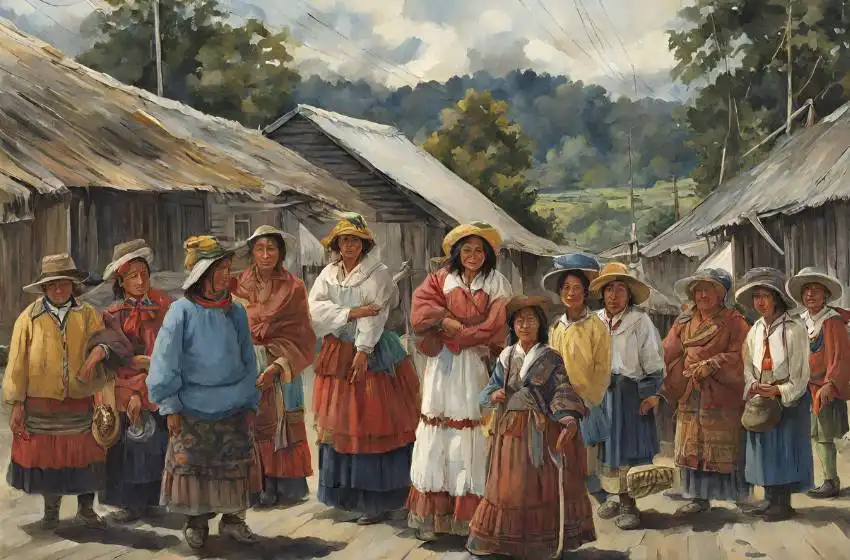
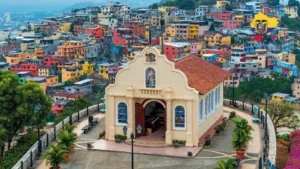
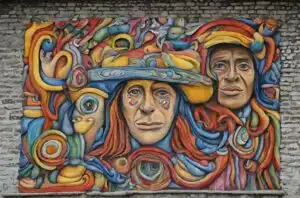
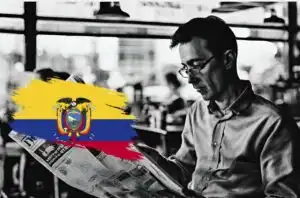
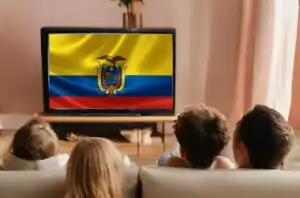



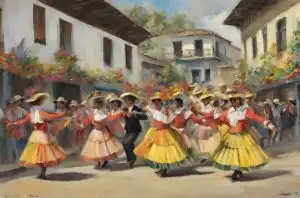
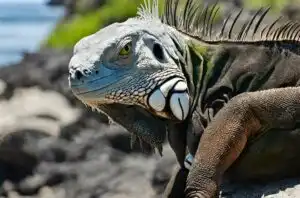
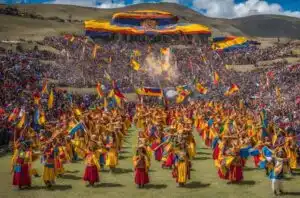
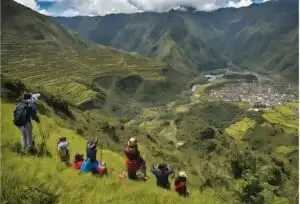
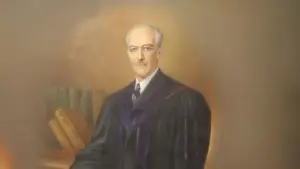

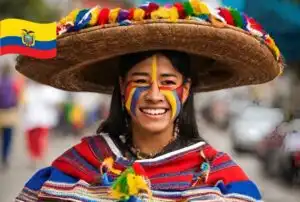


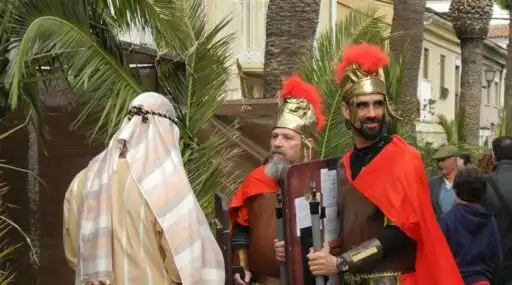
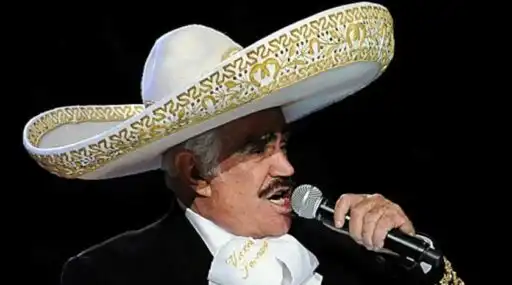
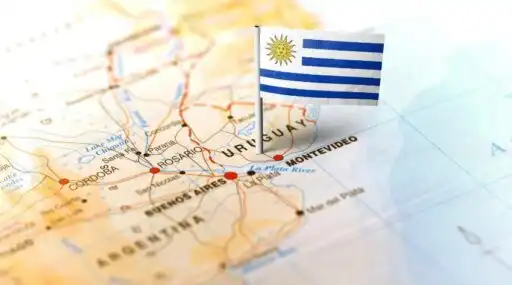

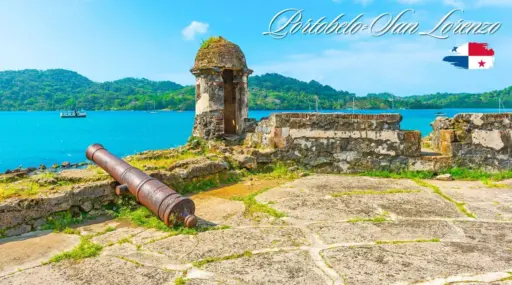
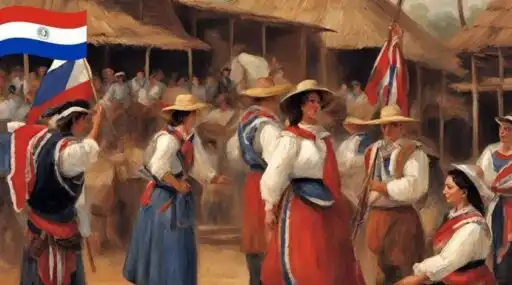





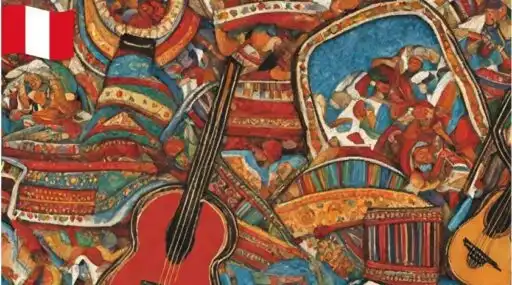






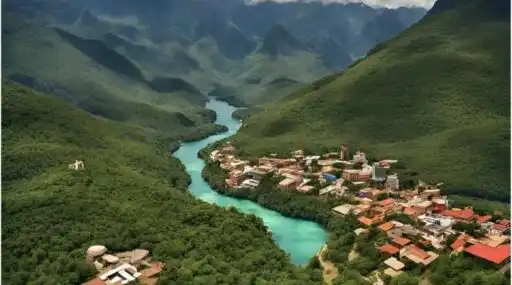



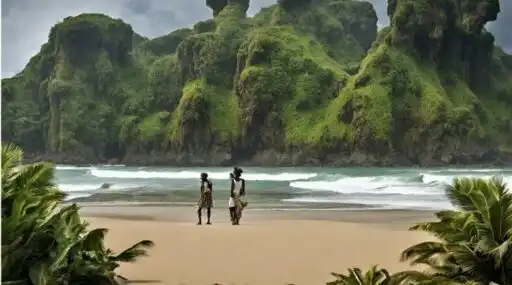
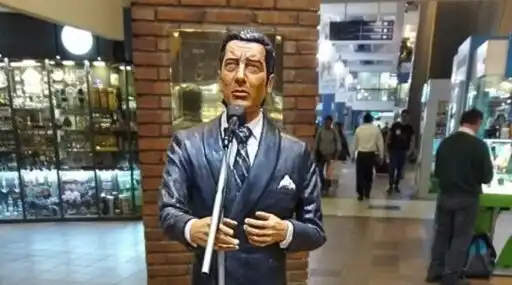

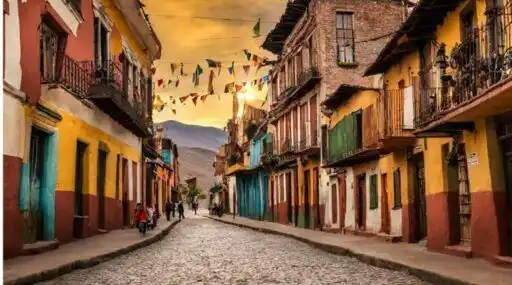
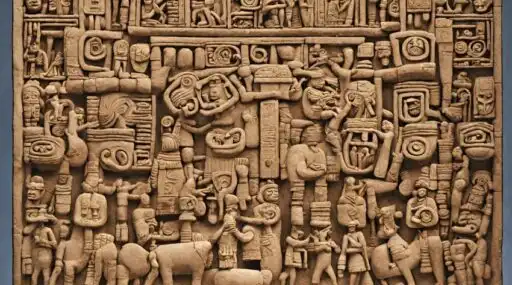

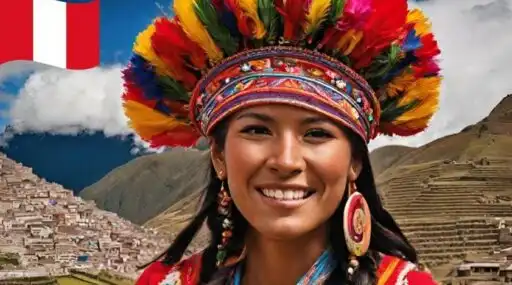
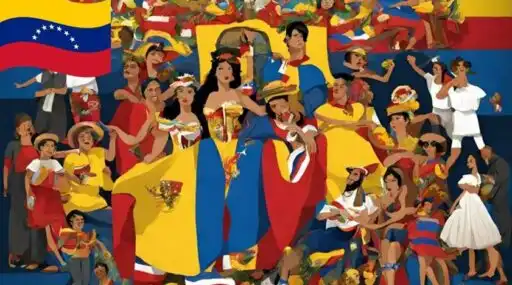
Leave a Reply